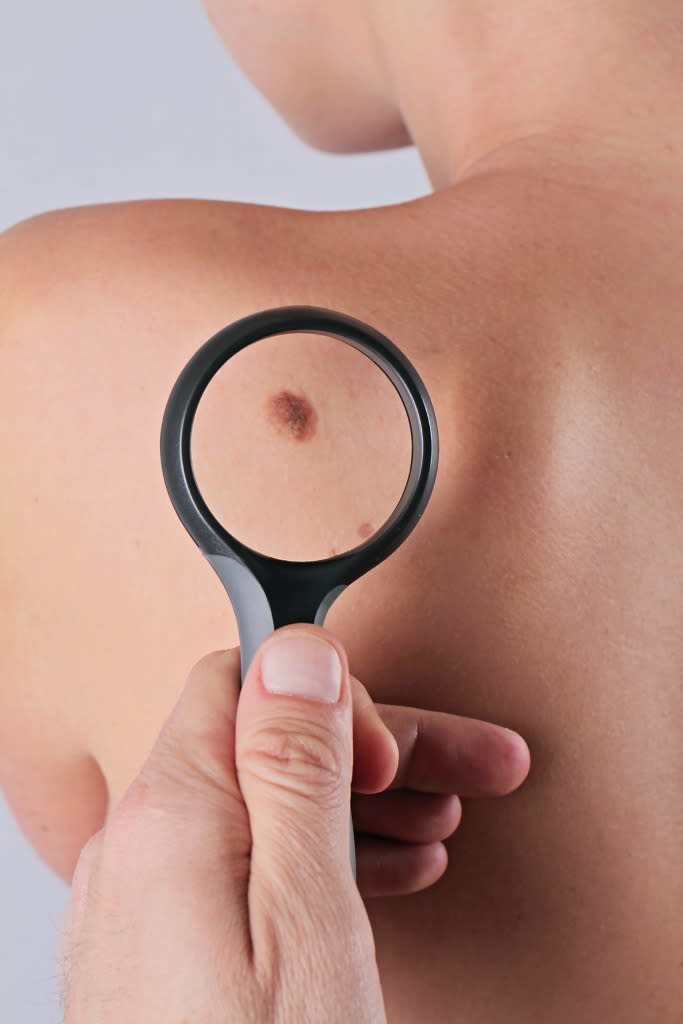Melanoma Rates Have Dropped in New England

According to a new report, New England is doing an excellent job of educating citizens about skin cancer. According to MassLive, the Northeast is the one region in the U.S. to report a decline in melanoma diagnoses — but New England performed particularly well. Melanoma is the most common type of skin cancer in the country, causing more than 9,000 deaths a year, according to the publication, and “continues to increase faster than the rate associated with any other preventable cancer,” says the study.
The study by the Journal of the American Medical Association, “Comparison of Regional and State Differences in Melanoma Rates in the United States,” was published on Wednesday. It analyzed Center for Disease Control and Prevention (CDC) data from 2003 and 2013 on melanoma death and incidence rates in each state, according to MassLive.
Rates of melanoma diagnosis are rising across the nation due to increased awareness, and more deaths due to skin cancer have been reported in Maine and Rhode Island in 2013, compared with 2003. However, the opposite is true in Massachusetts, Vermont, New Hampshire, and Connecticut. In total, 49 states were studied (information was not available for Nevada), and “11 saw a decrease in incidence rates while 38 saw increases. Of those 11, five were from New England.”
The authors of the study credit the good news to New England’s “strong skin cancer prevention programs,” which include the Practice Safe Skin initiative work by the Melanoma Foundation of New England. The nonprofit “installed sunscreen dispensers in public and recreational areas in Boston and beyond,” the article says.
According to the Skin Cancer Foundation, “If melanoma is recognized and treated early, it is almost always curable, but if it is not, the cancer can advance and spread to other parts of the body, where it becomes hard to treat and can be fatal.” If you have a mole that looks suspicious or is asymmetrical, get it checked by a dermatologist immediately. Other signs of a cancerous lesion on the skin include uneven borders, a diameter that’s larger than the eraser on a pencil, and a constantly changing shape.
The CDC warns that the best ways to prevent skin cancers like melanoma include “staying in the shade; limiting skin exposure by wearing longer clothing, hats and sunglasses; using sunscreen with an SPF of 15 or higher and avoiding indoor tanning.” The Skin Cancer Foundation also recommends examining your skin from head to toe on a monthly basis and seeing a professional for a yearly skin exam.
Let’s keep in touch! Follow Yahoo Beauty on Facebook, Twitter, Instagram, and Pinterest.
